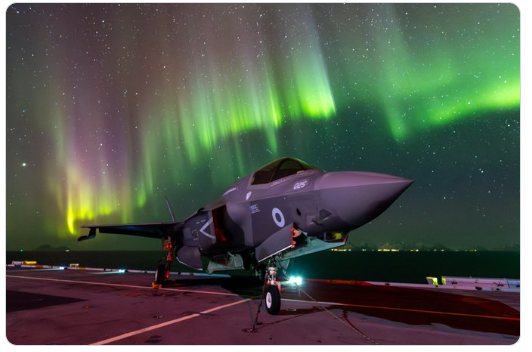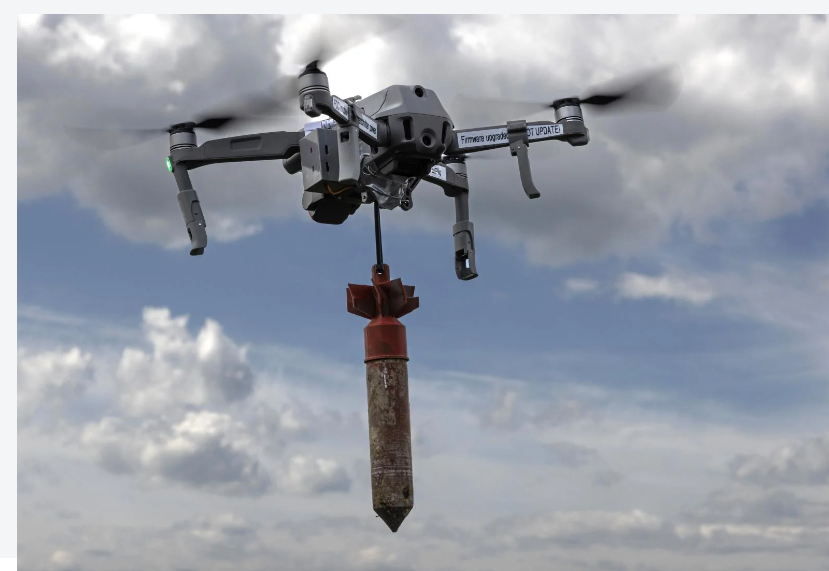On the 22nd of January 2014, world leaders met at the city of Geneva in Switzerland in an attempt to resolve the Syrian Civil War. Nearly one year later, in April of 2015, world leaders convened 64 kilometers northeast of Geneva, in the city of Lausanne, in an attempt to resolve another Mideast crisis- Iran’s nuclear weapons program. While there are many similarities between the two summits, there are also two significant differences namely the result and the amount of information available to digital diplomacy followers.
The 2014 Geneva conference failed to bring an end to the Syrian Civil War which has now entered its fourth year and has claimed the lives of more than 200,000 Syrians. Despite its result, the Geneva conference remains a landmark event in the evolution of digital diplomacy. Never before were people so exposed to the inner workings of international diplomacy. Social media followers of the US State Department, the UK Foreign Office and Russia’s foreign ministry were privy to all conversations taking place between the various delegations. Throughout the conference, high ranking diplomats and foreign ministries tweeted information from within the deliberation rooms including the official position of each government, statements made by foreign ministers and even the sitting arrangements of the various delegations.
Delegations take their seats at the start of #Geneva2 seeking a political transition by mutual consent #SyriaCrisis http://t.co/Sx4OCrlbgP—
Hugh Robertson (@HughRobertsonMP) January 22, 2014
War&Peace at #Geneva2: #Russia,#US,#UN,Syrian gvmnt(represented by FM V.Muallem),Syrian opposion (A.Jarba) and others http://t.co/Uux1Vo5cNW—
MFA Russia (@mfa_russia) January 22, 2014
The 2015 Lausanne conference ended on a different note with a photo of eight foreign ministers celebrating the achievement of arriving at a framework for a final agreement regarding Iran’s nuclear ambitions. Once the agreement had been reached, the US State Department published a flood of tweets including comments by Secretary Kerry, President Obama and the steps that lay ahead before a final agreement can be signed between the parties. Tweets ere also published by other participants such as Iranian foreign Minister Zarif, German Foreign Minister Steinmeier and Iranian President Rouhani.
Yet during the conference itself, no tweets containing crucial information were published. The US State Department, for instance, barley addressed the negotiations between the 26th of March and the 2nd of April limiting information to general statements as seen below.
The US State Department refrained from live tweeting meetings between John Kerry and his counterparts as it had during the Syrian conference. Statements made within the rooms of the Beau-Rivage Palace Hotel stayed within the room, solutions to major roadblock remained confidential and social media followers were left in the dark.
This of courses raises the question of whether secret diplomacy is legitimate in the age of digital diplomacy. One of the basic principles of the web 2.0 ethos is freedom of information, sharing of information and transparent governance. We, social media users, have come to expect such transparency both from MFAs and from other institutions that used to lurk in the shadows. If the CIA is tweeting its way to the limelight, why not the negotiations in Lausanne?
In his article The Ethics of Secret Diplomacy, Oxford University scholar Corneliu Bjola attempts to illustrate the ethical boundaries of secret diplomacy such as the one exhibited in Switzerland which left the public ignorant of unfolding events. Bjola finds that there are several instances in which secret diplomacy remains the preferred course of action for governments. First is that secret diplomacy may unlock peace negotiations as it secludes leaders and creates a constructive environment for negotiations. Such was the case with the peace accord between Israel and Palestine first discussed in a remote location outside the city of Oslo.
Secondly, Bjola asserts that secret diplomacy may be constructive for normalizing relationships between former adversaries. Normalization of relations between adversaries requires substantial political capital and leaders may shun away from wasting such capital without certain assurances. It is fair to assume that secret diplomacy was well underway when President Obama announced his intent to re-establish ties with Cuba. Finally, secret diplomacy may help prevent dangerous escalations. A government that has announced its intent to use force cannot easily alter its course of action and may thus require secret diplomacy to peacefully diffuse a situation.
There are also arguments against secret diplomacy. These include the fact that secrecy perpetuates suspicion and mistrust between nations, that secret diplomacy goes against some of the fundamental principles of democratic rule as the public is left out of the decision making process and that secret diplomacy may be impractical given advancements in communication technologies. In the age of social media we must add to these the expectations of social media followers to receive pertinent information on events as they unfold.
There is no easy way of determining whether the use of secret diplomacy is legitimate or not. Rather, one must attempt to analyze specific situations and events and assess whether the use of secrecy was truly necessary. In my opinion, the secret negotiations with Iran seem to adhere to three of Bjola’s arguments in favor of secret diplomacy.
First, the secrecy of the negotiations between Iran and the world powers may have helped bring about a peaceful solution to the Iranian crisis. World leaders participating in the conference were secluded from public opinion, political pressure and were also able to avoid the pitfalls of grandstanding and saving face. Secondly, these negotiations saw high ranking US and Iranian officials sitting directly opposite one another. As such, they were but one step in the larger process of normalizing relations between Iran and the US. Third, the negotiations in Lausanne were meant to enable the US to abandon the military option against Iran to which it remained committed over the past few years. As such, the meetings in Switzerland served to deescalate a volatile situation and enabled both sides to seek a course of action that did not include a violent confrontation.
Finally, it is important to remember that once the sides had reached an agreement on the framework it was immediately published by the participating MFAs. Currently, anyone can read the agreement and its various articles on the US State Department’s website. It is this sharing of information that holds true to the values of web 2.0, that meets the expectations of social media followers, that enables a global constituency to voice its opinion and criticize the agreement and that sets these negotiations apart from those that characterized diplomacy at the beginning of the 20th Century.
Diplomacy, even in the digital age, will never be fully transparent. Yet the MFAs that participated in the Lausanne conference have held true to Woodrow Wilson’s vision of “no private international understandings of any kind but diplomacy shall proceed always frankly and in the public view”.




Leave a comment